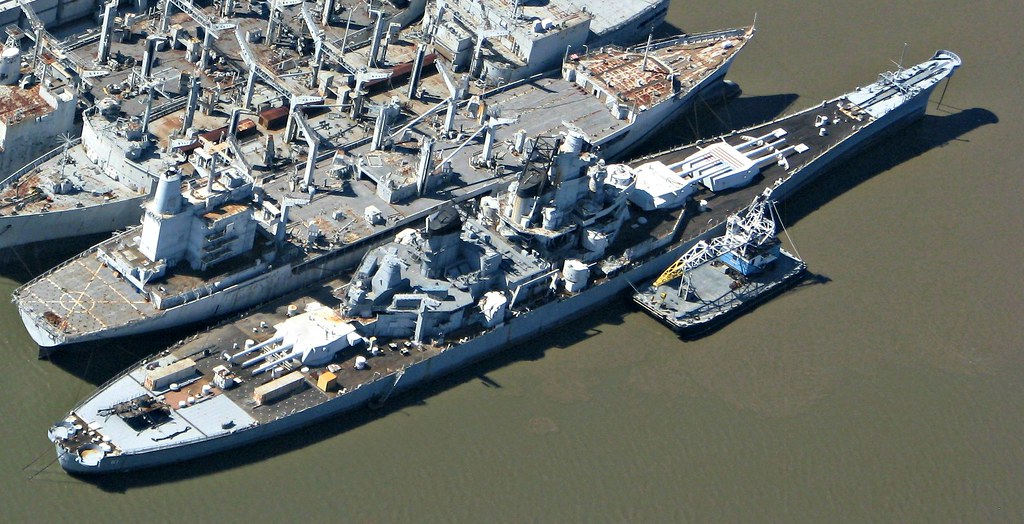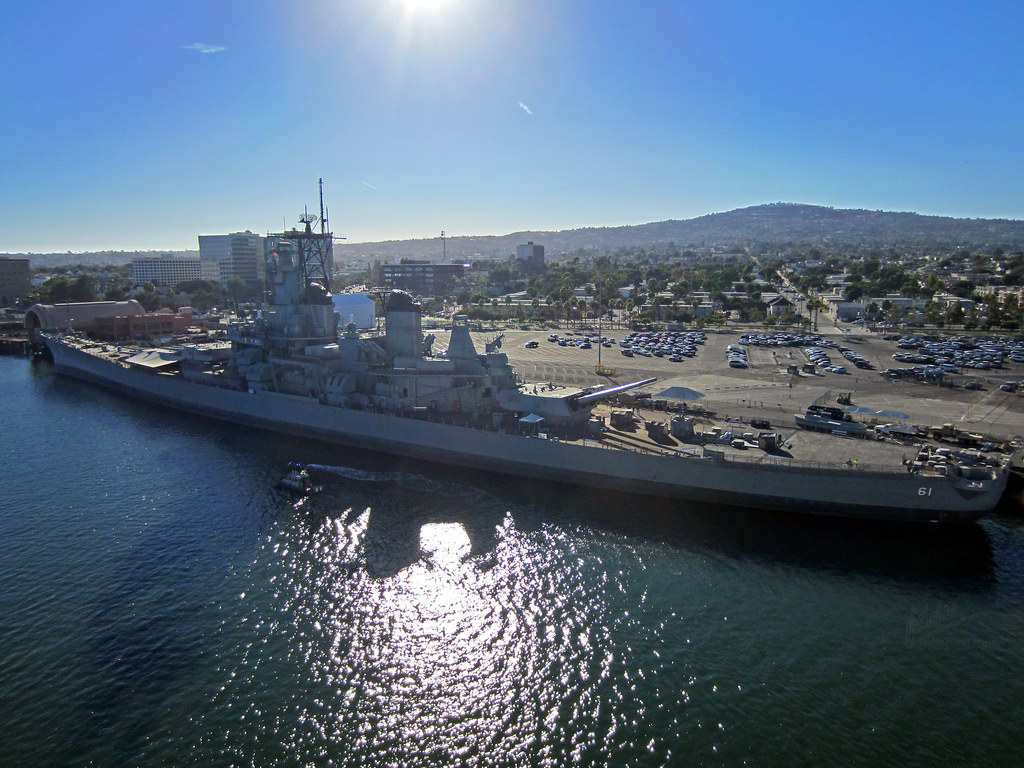
Battleships have always been the symbols of national naval prowess, and none more so than the U.S. Navy’s Iowa-class. 1998 The return of two iconic dreadnoughts—the USS Iowa (BB-61) and the USS Wisconsin (BB-64)—to the Naval Vessel Register has sparked discussions on the relevance and capabilities of these legendary ships.

These vessels were once the Navy’s “only remaining potential source of around-the-clock accurate, high-volume, heavy fire support,” according to the Senate Armed Services Committee.

The Iowa-class battleships, with their history stretching back to their conception in the late 1930s, represent the zenith of battleship design. Armed with three 16-inch Mark 7 guns in each of their three turrets, these ships displayed a formidable balance of firepower and speed.

They could launch shells weighing up to 2,700 pounds over distances exceeding 23 nautical miles, and their secondary armament included 5-inch Mark 12 guns and 40mm Bofors anti-aircraft guns. Impressively, they could reach speeds up to 35 knots, a necessity to keep pace with the faster carrier battle groups of the era.

Despite being overshadowed by technological advancements and the dominance of the aircraft carrier, the Iowa-class battleships saw action across several wars, from World War II to the Korean and Vietnam Wars, and even the Gulf War.

The USS Missouri (BB-63), in particular, made history as the host of the Japanese Instrument of Surrender in 1945. The final operational act of these mighty vessels came during Operation Desert Storm in 1991, when the Wisconsin and Missouri fired 1,078 16-inch shells at Iraqi targets.

These battleships also serve as living museums, embodying the heritage and the spirit of the sailors who served aboard them. The USS Iowa has been preserved as a museum ship in Los Angeles Harbor since 2012, a testament to the ship’s distinguished service, which includes hosting President Franklin Roosevelt in 1943 and being the scene of a tragic explosion in 1989 that claimed 47 sailors’ lives.

The USS Missouri and USS Wisconsin are also preserved as museum ships at Pearl Harbor and Norfolk, VA, respectively, with the latter being one of the two battleships reinstated on the NVR.

The rationale for reactivating the Iowa-class was to preserve the Navy’s heavy firepower capability, which some argued was irreplaceable.

However, the evolving nature of warfare, with over-the-horizon amphibious assaults and threats from mines and anti-ship missiles, has called into question the practicality of these battleships in modern combat.

Alternatives such as the 5-inch/62-caliber gun, the vertical gun for advanced ships (VGAS), and various missile systems offer greater range, accuracy, and cost-effectiveness.

Yet, despite their decommissioning in the 1990s and the immense cost and logistical challenges that reactivation would entail, the decision to keep the Iowa and Wisconsin on the NVR reflects a desire to preserve the capability for massive naval firepower—at least in theory.

Whether these storied vessels will ever again fire in anger remains to be seen, but their legacy as the ultimate battleships endure.

Through their storied histories, these battleships have become more than just floating weapons platforms—they have become integral chapters in the story of naval warfare, embodiments of American resilience and innovation.

As museum ships, they continue to educate and inspire, a reminder of the power and sacrifice that are inherent in the defense of a nation.
Relevant articles:
– The U.S. Navy’s Iowa-Class Battleships Are a Warship No Nation Can Top, The National Interest
– Iowa-Class: How the U.S. Navy Built Battleships No Nation Can Match, The National Interest
– The U.S. Navy: The Battleships Are Back!, U.S. Naval Institute
– Fact Sheet – Battleship USS Iowa Museum, Battleship USS Iowa

